The why and the wherefore
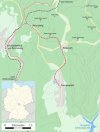
The narrative is about building a small fictitious location in Thuringia, rather than a copy, it is merely an amalgam of features of existing locations in the area, in short, a plausible fiction. It began because we had visited Frauenwald, a very simple station at the end of a lightly laid, 4,5km line from the 'spitzkehre' station at Rennsteig*, with the trackplan adapted to fit the space. We also copied the trains, all were very short, often just a combined brake and a wagon pulled by a tiny BR89 and later even smaller diesel shunters. The locos were supplemented by a VT135 railbus obtained from the Kleinbahn Neuhaldensleben–Weferlingen (below) although initially seized by the military government, it returned in time for the closure.
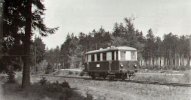
The line lasted from 1912 to 1965 in the sparesly populated wooded hills of the Thüringer Wald, the railway had to meet the transport needs of the predominantly rural area, the main traffic were timber, agricultural produce, livestock, fertilizers, coal and building materials. The railway survived the Second World War without any damage. The diesel railcar was returned , the railway was intended for dismantling with many other lines, but this could be prevented. In 1949, the railway was nationalized and the operation was taken over by the Deutsche Reichsbahn. In the early 1950s, internal tourism, thanks to the FDGB, in the Thuringian Forest increased sharply, in 1952, continuous express trains from Berlin were routed to the Thuringian Forest for the first time. In Rennsteig, the train consisting of four-axle express train car was split ,three cars continued to ran to Schmiedefeld, the other three were transported from onto Frauenwald behind the BR89. In 1960, the last steam loco was retired due to a cylinder damage and replaced by a diesel locomotives of the series V36 and V15 which ran until the closure.

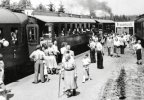
When the redux began earlier this year, the concept changed slightly, it was decided that the line had lasted until 1975 and had been relaid in the late '30s so that larger locos were now permitted but limited to tank locos of the type used in Thuringia.
A short film of the
the Rennsteig please watch it, well worth the effort..
*Spitzkehre - a terminus station that is designed to overcome a difference in elevation with minimal technical effort and space requirements. It consists of at least one dead-end track , where two or more track on a steep railway line converge via a turnout arrangement . In the dead-end track, the train changes direction. It there is a station it can also serves as
a terminal station, spitzkehre translates as 'hair-pin' Thuringia and the Thüringer Wald has at least four spitzkehre station due to the topograhy.
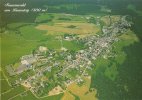
The next episode is the Dosto






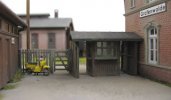
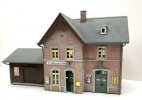


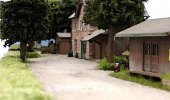

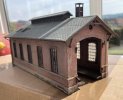
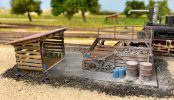


































 !
!





